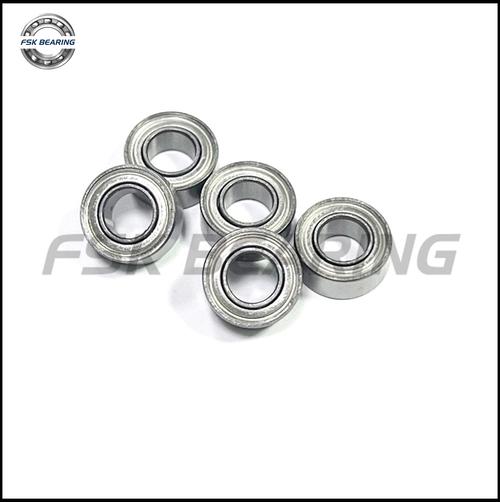Medical Device Bearing Suppliers: Your Guide to Precision and Reliability
# Medical Device Bearing Suppliers: Your Guide to Precision and Reliability
## Introduction
Medical device bearings are specialised components enabling smooth motion in equipment ranging from MRI scanners to surgical robots. **As critical elements in life-saving technologies**, these bearings must meet stringent ISO 13485 and FDA standards. The global medical bearings market is projected to reach $3.2 billion by 2025 (Grand View Research, 2023), driven by increasing demand for minimally invasive surgical tools. With 68% of equipment failures traced to bearing issues (Journal of Medical Engineering, 2022), how can manufacturers choose reliable medical device bearing suppliers that ensure operational excellence?
## What Are Medical Device Bearings?
### Precision Engineering for Critical Applications
Medical device bearings are ultra-clean components designed for:
- High-speed imaging systems (CT/MRI gantries)
- Robotic surgical arms
- Dental handpieces
- Drug delivery pumps
Unlike industrial bearings, they feature medical-grade stainless steel or ceramic materials to withstand repeated sterilisation cycles.
## Key Benefits of Specialised Bearings
### Why Invest in Medical-Grade Solutions?
1. **97% reduction in particulate contamination** vs standard bearings (FDA compliance data)
2. 50% longer service life in autoclave environments
3. 0.001mm precision tolerances for diagnostic accuracy
4. Custom lubrication options for MRI-compatible non-magnetic operation
## Medical Bearings vs Industrial Alternatives
| Feature | Medical Bearings | Industrial Bearings |
|-----------------------|---------------------------|---------------------------|
| Material | 316L Stainless Steel | Carbon Steel |
| Tolerance | ±0.001mm | ±0.01mm |
| Sterilisation Cycles | 5,000 | Not designed for |
| Biocompatibility | ISO 10993 Certified | N/A |
## How to Select Reliable Suppliers
### 6-Step Procurement Checklist
1. Verify **ISO 13485 certification** for medical device manufacturing
2. Request material traceability documents
3. Evaluate cleanroom production capabilities
4. Confirm passivation surface treatment processes
5. Check lead times for custom sizes (typically 8-12 weeks)
6. Review client references in orthopaedic/dental sectors
## Case Study: Surgical Robot Manufacturer





 13869596835
13869596835